China built a new modern aircraft carrier, but it's got a 'steep learning curve' to beat before it can match the US Navy
China's newest aircraft carrier is a major capability and technological jump for its naval forces.
But China still has a lot to learn before it can operate carriers like the US, experts say.
There's plenty China can learn from US experiences, but success will come down to talent and strategy.
China's newest aircraft carrier, which just completed its maiden sea trials, appears to be a substantial improvement over its two predecessors. It's a modern flattop boasting far more capability than China's earlier takes on an older Soviet design.
The Fujian clearly symbolizes China's desire to build a blue-water navy able to project power across the Indo-Pacific region, but there is still a lot of work to be done before it can field aircraft carriers the way the US Navy can on the high seas.
"China has demonstrated an ability to field the aircraft and the aircraft carrier platforms," Guy Snodgrass, a former defense official and US naval aviator, said, adding that "what has yet to be demonstrated is all the connective tissue needed to use these platforms together, during longer-term operations at sea, outside of regional support centers, and during times of conflict."
China isn't starting this process from scratch, though, and has the potential to learn from the long history of US carrier operations to accelerate timelines and make developing that "connective tissue" easier. Still, there's a lot to learn, and some of it can only be picked up from experience.
Technological leaps
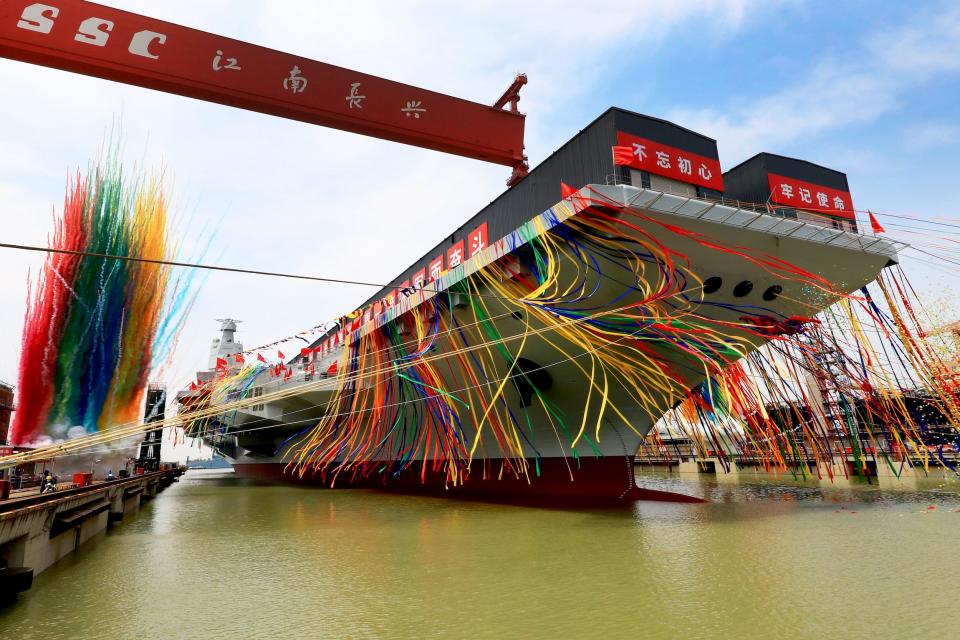
The Fujian is China's third carrier overall and the only warship in its new class. It is larger than its Soviet-style predecessors, the Shandong and Liaoning, and the first to lose the ski-jump style ramp for launching aircraft, instead featuring an advanced catapult launch system akin to the one used on the US Navy's new Ford-class carriers.
Bryan Clark, a former naval officer and current defense expert at the Hudson Institute, told BI that the difference there is major, as it allows China to sortie larger, heavier, and more capable aircraft, such as fully-loaded fighters and early warning aircraft.
On the Shandong and Liaoning, for example, the ski jumps put limitations on the Chinese J-15s, reducing the amount of weapons and fuel with which the carrier-based fighters could fly.
"Now, with the catapult, China can get into heavier, more modern aircraft they're working on," Clark said. These planes include catapult-launched variants of the J-15, carrier-based early warning and control (AEW&C) aircraft like the KJ-600, and a carrier variant of the J-35 stealth fighter, the latter of which is still experimental.
Clark added that the air wing on the Fujian, believed to be approximately 60 aircraft, will also be a jump up from the air wings of the Liaoning and Shandong, which carry 24 to 32 fighter jets and 12 to 17 helicopters, respectively.
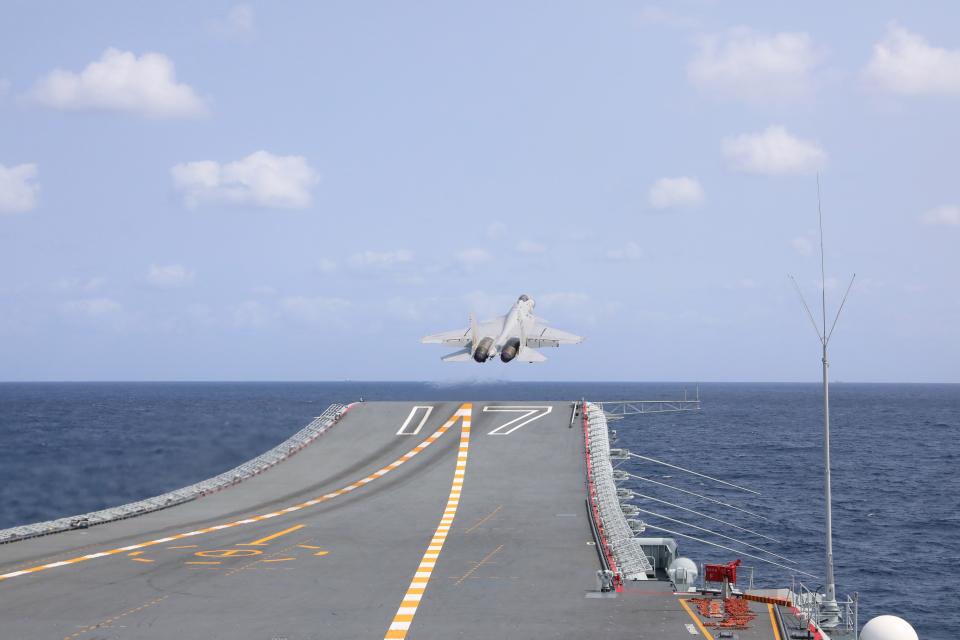
The way China moved from the ski-jump style to the catapult indicates that it likely prioritized employing proven capabilities first before moving onto advanced Western-style ones. That approach appears to have accelerated China's ability to field new technologies and bought it time to work through any issues.
"The Fujian isn't using steam-powered catapults," Snodgrass said. "It's leaped past that technology to pursue an electromagnetic launch system" like the US Navy's USS Gerald R. Ford. The Fujian hosts three catapults on its deck, presumably giving it a higher sortie generation rate than the Liaoning and Shandong carriers, both of which could only launch one aircraft at a time.
It "reinforces the view that China continues to demonstrate an ability to field, test, refine, and develop capabilities faster than other nations," he added. China plans to build six carriers by 2035, but very few details on Fujian's successors have been revealed.
People are key
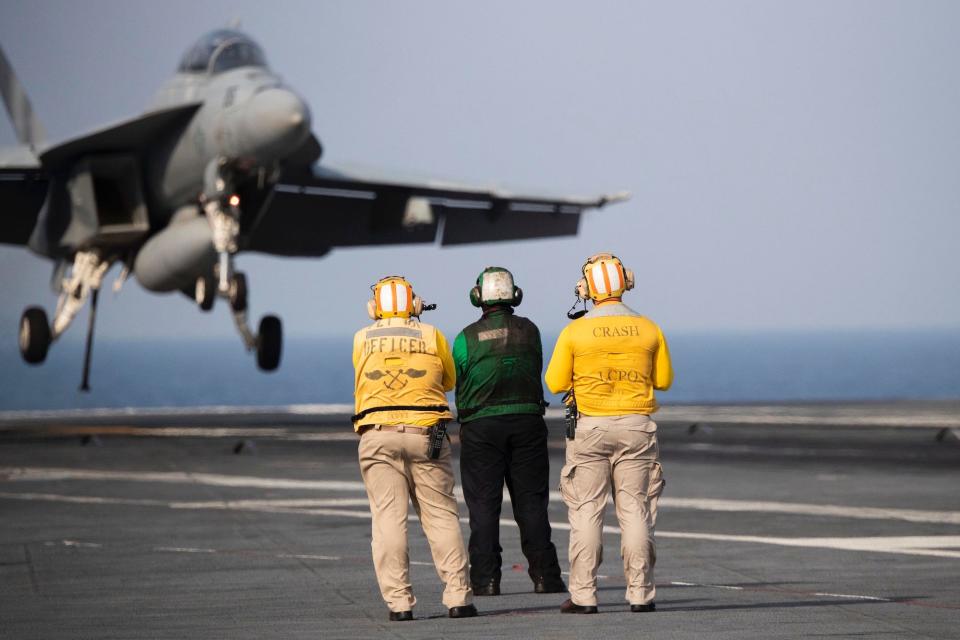
But just because China is going full steam ahead in its development of aircraft carriers doesn't mean they're catching up to the US.
Unlike the US Navy's nuclear-powered Nimitz and Ford-class aircraft carriers, the Fujian is conventionally powered, meaning it will need to refuel. As with the Liaoning and Shandong, this can affect how far the ship travels from port and make logistics operations more difficult.
And because China only has three carriers, the latest still undergoing sea trials, the fleet's likely operating, for the time being, in a different capacity than the US force of 11 carriers does. The focus is more regional and on showing the flag.
"There's definitely a huge difference between the way we operate ours and the way that they can operate theirs today," ret. Adm. Raymond Spicer, the CEO and publisher at the US Naval Institute, said. "That's not to say they're not building more and then starting to expand to have a global presence, but they are far from that."
And while the Fujian's larger air wing and catapult system allow it to launch heavier aircraft and boost overall sortie numbers, they're still not holding a candle to US capabilities. That's mostly due to size and capacity, but it also has a lot to do with a core issue the Chinese Navy faces in employing its carriers: experience.
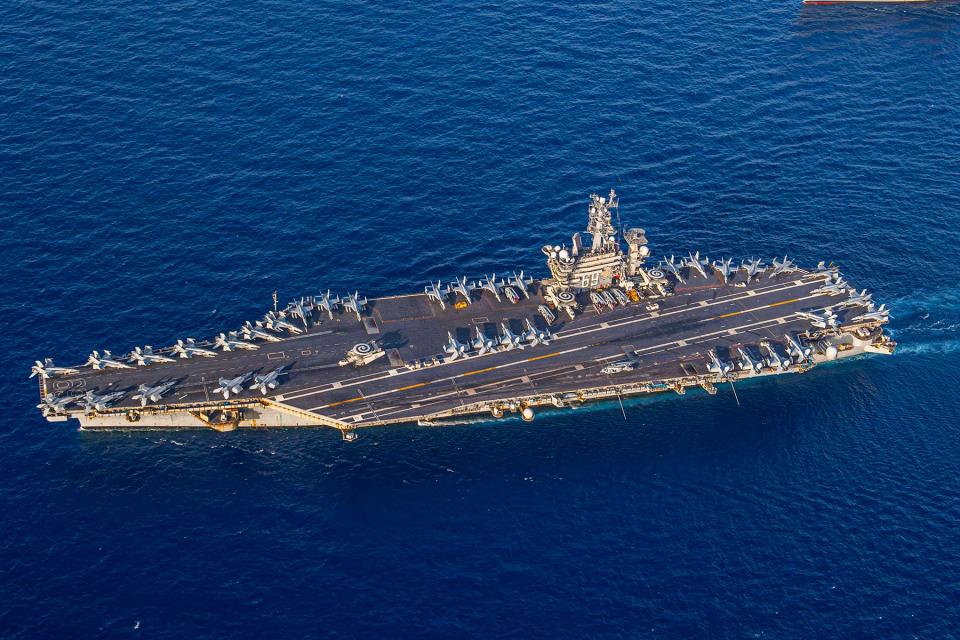
China's carrier force is young, only about 12 years old, and while it's made significant progress in that time, there's a knowledge of carrier operations that can only be gained by experience, Spicer said.
"They have a steep learning curve ahead of them," he said, adding that "if you compare what they're dealing with to what we've been dealing with, we've been doing aircraft carrier operations for decades. So we've got a whole cadre of people who are trained and have experience operating an aircraft carrier."
"I think people is the key," Spicer said.
The limited experience of even China's senior naval officers in this area makes it difficult to gain expertise and train new people.
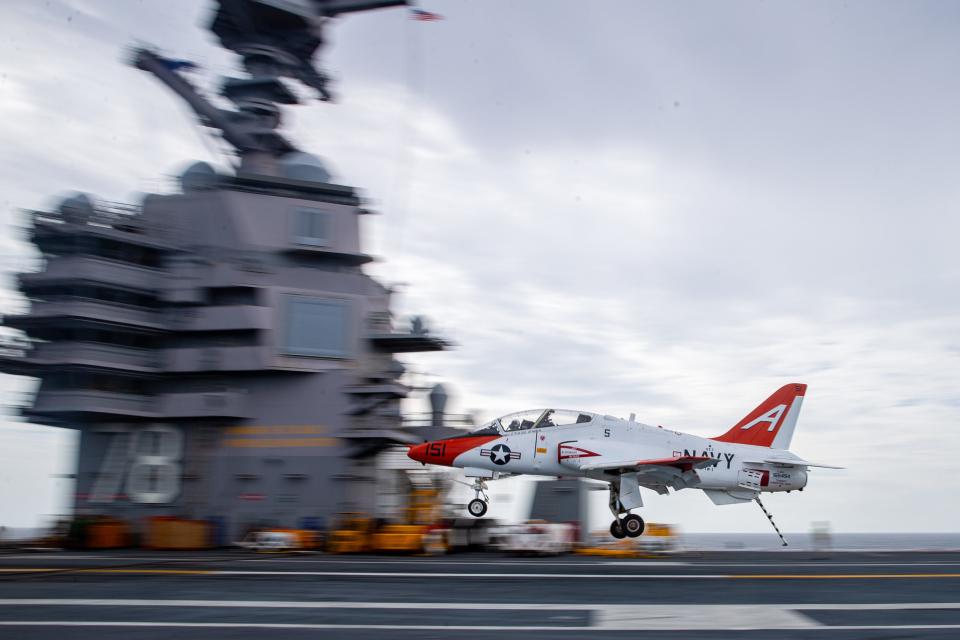
Clark said that during a 2013 visit to San Diego, California, Adm. Wu Shengli, then commander of China's Navy, was most surprised by the number of people involved in carrier operations.
"They didn't realize that we had this whole cadre of hundreds of enlisted people that did all the operation of the systems, maintenance, and oversight of the actual flight deck operations," Clark said.
A challenge China is likely facing right now is developing a sustainable model for cultivating a workforce of people with carrier knowledge and experience to match the rate at which it wants to build carriers. And that extends into the naval aviation space as well as China works to recruit and train pilots.
China also faces challenges with how to defend its carriers. Carrier strike groups are an instrumental element for not only projecting more maritime power, but also defending the carrier and its aircraft in conflict.
China has at times sailed its aircraft carriers with older Type 052D and C destroyers, new Type 055 destroyers, frigates, and replenishment ships, but the integration and interoperability that makes a strike group effective takes time to master. The US, however, routinely sails strike groups around the world, most recently committing them to the ongoing battle with the Houthis in Middle Eastern waters.
Learning "the ballet" of carrier operations
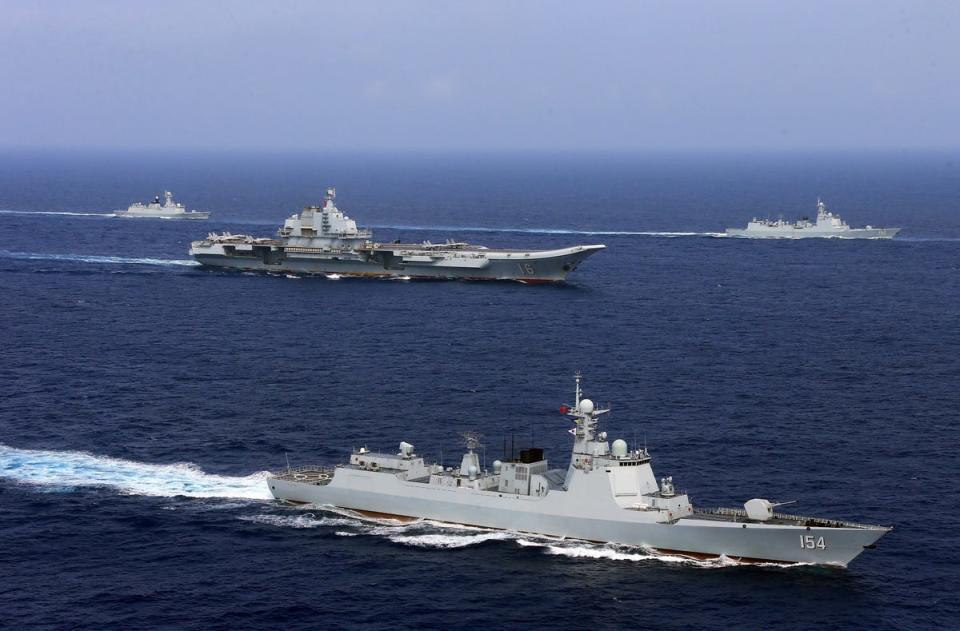
As China continues to build and field carriers, its biggest learning opportunities short of active involvement in true carrier operations, will come from looking at what the US has been doing.
"There's a lot of information publicly available about operations," Spicer said, adding that any time China can watch and learn from US carrier operations, especially when they're operating in the Pacific, they're going to.
"There's a treasure trove of information out there that they're leveraging because we've been doing it a lot longer than they have," he said. But they still need the experience of actually doing the operations themselves.
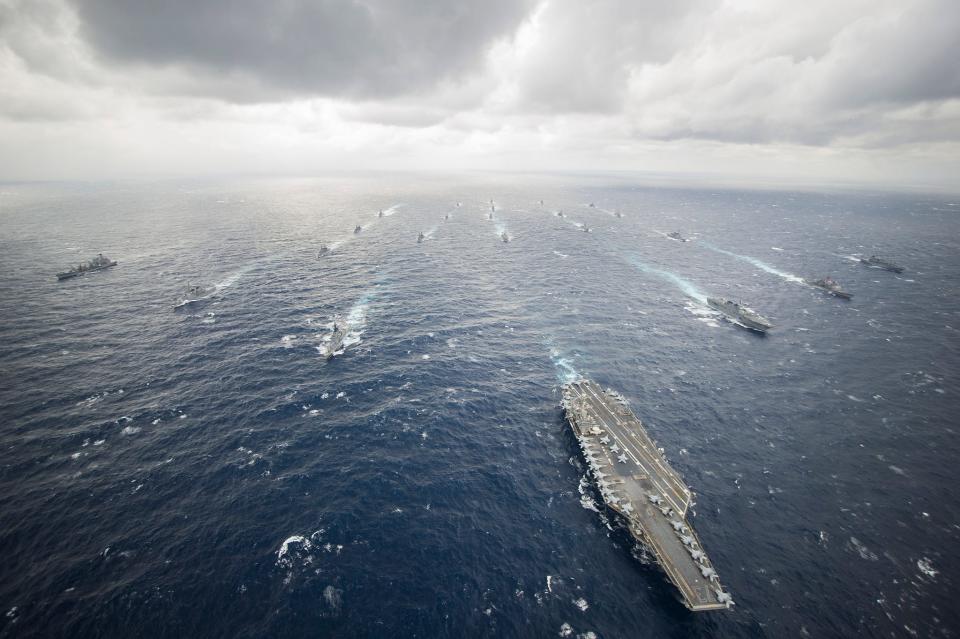
"Carrier operations is a bit like a ballet," Snodgrass said. "There are a multitude of players, each with an assigned role, but everything needs to come together seamlessly for successful operational outcomes," be it logistics, supplies, food, fuel, ship-keeping, aviation operations, damage control, navigation, and more.
"Then, throw in the proficiency required to launch and recover large numbers of aircraft during 12-hour operational windows… during daytime and nighttime, and in inclement weather," he added. It's all challenging and only mastered through trial and error.
That said, a significant source of anxiety for US military leaders today, though, is China's strong track record of defying expectations when it comes to fielding and mastering new technologies and capabilities.
Read the original article on Business Insider

